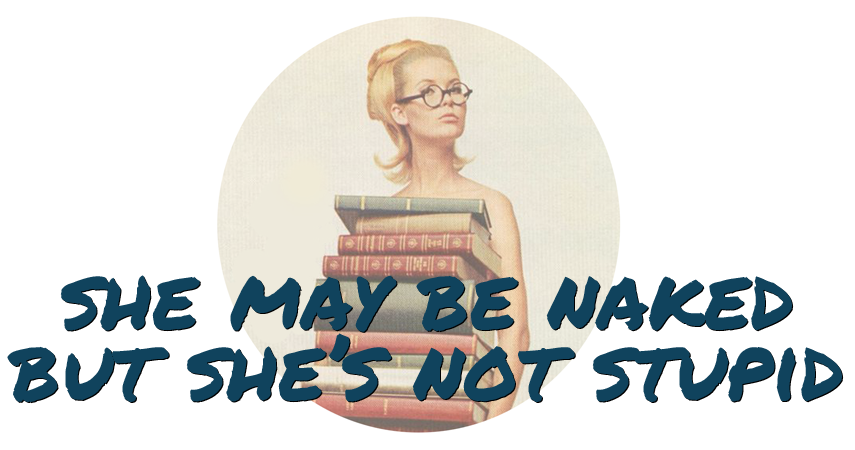SIGHT
My living room light is dimmer than I like. I like a bright room, sunlight streaming onto the carpet in warm columns from the windows. The dim light is hiding the atrocious state of my carpet, though, so perhaps there’s a benefit in that. This carpet is, at a conservative estimate, roughly 30 thousand years old. It hasn’t been professionally cleaned in at least four years. In the summer, goat’s head weed stickers get tracked in on my flip flops—I find them with my bare feet later. In the winter, it’s leaves and snow. The room as a whole has a warm feeling…greens and yellows. Plants and wood. Art…more art. There’s a lot of art. I’ve made this space my own, and although I’m getting antsy, I love how pleasant it is here, the white sheer curtains billowing from the vents, paint tubes and canvases spread across my work bench.
SOUND
My furnace starts up with a perfect octave. If I plunk it out on my iPhone piano keyboard, my memory tells me that it’s from B1 to B2. I’ll have to leave the app open and verify the next time the furnace comes on. (Update: It's Bb1 to Bb2.) It provides the kind of white noise my brain likes. The non-descript background hum that occupies one lane of my mental highway, so that there’s room to hear the other lanes. I have a hard time sleeping without it. When the heat is off, I can hear the clock ticking. It’s something I rarely notice, but as soon as I do, it makes me crazy. It’s almost worse because it’s predictable. The clacking of the keys on my laptop keyboard as I type are somehow more soothing.
The walls (and ceilings and floors) of my apartment are thin. Someone just came down the stairs to start a load of laundry. The teenage boys in the apartment above me are yelling about their video games. Other neighbors chat as they come in from the cold outside. We’re only a fourplex, so although I don’t know everyone’s names, we all have an intimate knowledge of one another’s comings and goings.
SMELL
My nose is perpetually stuffy. My deviated septum creates inconvenient…crevices. So I can’t smell much at the moment. If I pay very very close attention, I can smell different parts of myself. The product I put in my hair. The musty smell of the socks I’m wearing. I can smell the dust of the quilt next to me on the couch.
TASTE
I taste water. Maybe a hint of salt at the corners of my lips. I wonder if I have a distinct taste, and just never noticed it because I’ve been tasting it my whole life. I’ll have the ask the next time I kiss.
TOUCH
My knees hurt. They had hurt from being curled under me as I sat cross-legged, but soon they’ll start hurting from being straightened out. I’ll switch back and forth until I get up and move, which will keep them from complaining about stiffness. My toes are cold, just the way I like them. The rest of me could stand to be warmer, another thing I could remedy by getting up and moving. I had a goal of reaching 10,000 steps today—it’s 8:30 at night and I’m at 4,000. (In my defense, it was a holiday AND a snow day, so I stayed in for most of it.)
My clothing is soft on my skin. I’m getting hungry. I have to pee (as usual). There’s a warmth to my computer, sitting on my lap.
ADDITIONAL SENSES
Balance: Standard. No vertigo.
Acceleration: None. Unless you count the movement of the planet through space, but that's not unique to me personally.
Proprioception: Normal function. I know where all of my limbs currently are.
Pain: See note about my knees.
Sexual Stimulation: Absent (at present--may change based on what happens in the next episode of Game of Thrones).
Time: It feels like roughly 9 o’clock. (I guessed before looking at the clock—it’s 8:43, so I was pretty close!)
Gravity: Standard for my current location in the universe (stationary, on earth, 9.80665 m/s).
Direction/Location: Currently stationary, a few feet off the ground, facing south southeast.
Echolocation: Undeveloped. (Humans can learn to do this! But I don’t know how to do this.)
Electroreception: Undeveloped. (I’m not a wizard.)
Magnetoreception: Maybe this is how I knew I was facing south southeast. (I think it’s more likely that I simply know which way my apartment windows face, though. I’m not a bee, a bird, or a cow. Also see the note about me not being a wizard.)
Hygroreception: It’s dry here.





